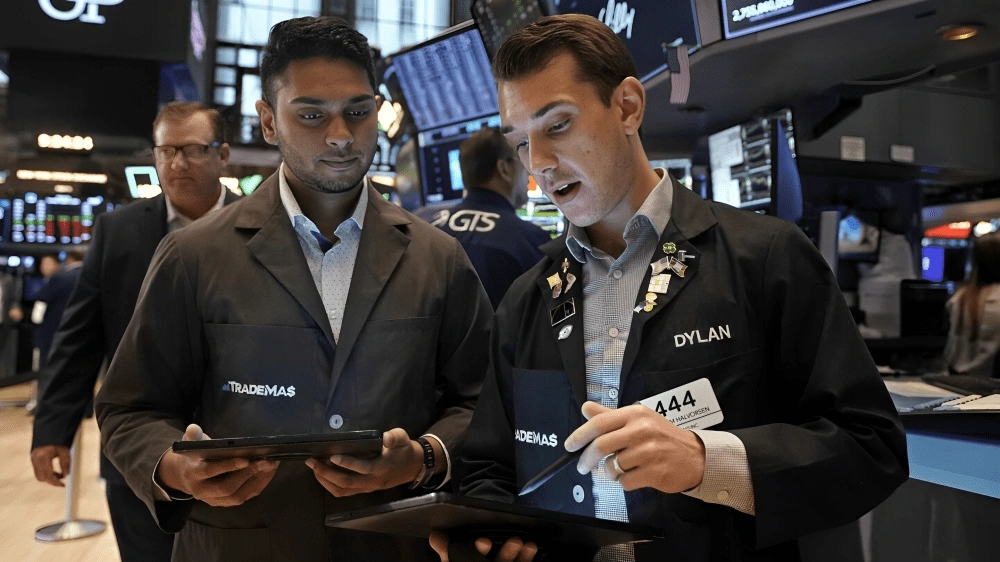A new wave of caution is sweeping the moods of global investors as money managers and institutions are becoming more visible in their retreat from the erstwhile darling U.S. market. With increasing market chatter of “Sell America,” analysts are watching how the shift will filter into other economies, especially Australia.
What’s Driving the Exit from U.S. Markets?
The decision by global investors to reduce their exposure to U.S. equities and assets is being influenced by a combination of factors. These include:
- High valuations: U.S. stock markets, particularly the S&P 500 and NASDAQ, are trading at historically high multiples, raising concerns about overvaluation.
- Interest rate uncertainty: With the Federal Reserve continuing to send mixed signals on the future of rate hikes or cuts, the outlook for growth and inflation remains clouded.
- Geopolitical risks: From tensions with China to upcoming elections, the political landscape in the U.S. is also contributing to caution among global investors.
- Dollar strength: A strong U.S. dollar has made American assets more expensive for foreign buyers, reducing their appeal.
This collective unease is pushing money out of the U.S. and into markets that are perceived as offering better value or stability.
Australia: A Beneficiary of Global Portfolio Rebalancing?
Australia is a beneficiary of global portfolio rebalancing. Australia may have found itself in a bit of a lucky place as funds begin to exit U.S. markets; the ASX has been quite strong and sectors continue to offer attractive returns in areas like mining, energy, and financials, especially for global investors looking for diversification.
It’s a little stronger as well, with great trade ties with Asia, political stability, and tough regulatory frameworks, making it an even safer alternative to others in the world during times of global uncertainty.
Institutional inflows into Australian ETFs and Superannuation Funds project the same trend. Fund managers noted an increase in the overseas interest in Australia to pay dividends to stocks, thanks to the global portfolio adjustments away from the allocation toward the United States.
Sectoral Impact: Where Might the Money Flow?
The movement of capital from U.S. to Australian markets won’t affect all sectors equally. Here’s a look at where global investors are likely to focus:
- Resources and commodities: With ongoing demand for lithium, iron ore, and other raw materials, Australia’s resource sector remains a global drawcard.
- Financials: Big banks and insurers offer solid dividend yields, which are particularly attractive amid global rate volatility.
- Healthcare and biotech: As investors search for defensive sectors, Australian healthcare companies could benefit from increased attention.
This trend could lead to stronger stock performance in these areas, and potentially boost employment and investment within these sectors.
Risks and Caveats
While the shift by global investors could benefit Australia, it is not without its risks. An upcoming global downturn or hard landing for the U.S. economy could still form an anchor on sentiment and trade activities across the globe. Australia’s heavy and possibly unreasonably increasing dependence on China-the very country that is presently experiencing some degree of economic slowdown-could create another credibility issue.
Moreover, any sudden monetary shifts on the part of the United States that could include, for instance, an unexpected rate cut or the introduction of government stimulus measures-would again change the momentum and seek to draw capital back into America.
Conclusion:
Investors retreating from the U.S. is a paradigm shift for global capital flows. Importantly, Australia may look to capitalize on this window by attracting foreign investment, improving securing, and expanding its position in the financial world.
At the end of the day, it depends largely on how the United States and Australian policymakers manage the economic uncertainties ahead. Investors, both local and international, must maintain vigilance and keep diversification and local adaptability on their radar.





